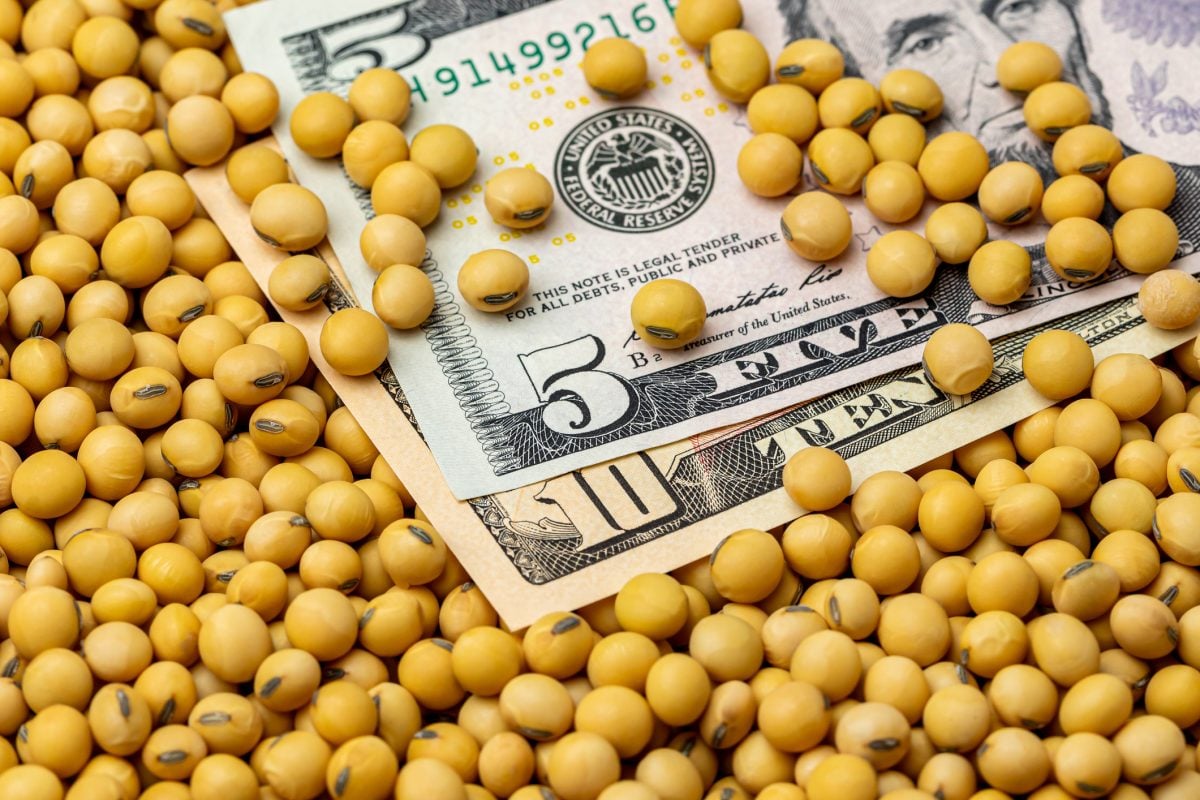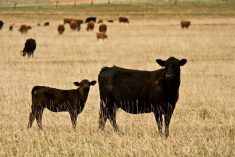Compared to last week, yearlings traded $3 to as much as $8 higher, with strong buying interest noted from Lethbridge-area feedlots. Supplies of quality feeders are rather snug at this time of year and buyers were extremely aggressive on local packages. Prices in the non-major feeding areas appeared to lag southern Alberta markets but orders from Feedlot Alley stretched into most areas of Western Canada.
Barley prices have dropped about $20 per tonne over the past couple of weeks and buyers have been quick to respond with stronger bids for replacements. Strength in deferred live cattle futures and a weaker Canadian dollar also contributed to the positive tone. Although nearby margins are hovering in red ink, there is a favourable outlook for fourth quarter cattle prices.
Read Also

U.S. grains: Soybean futures hover near 15-month high after China buys U.S. cargoes
Chicago Board of Trade soybean futures hovered near a 15-month high on Wednesday after trade sources said China made its first purchases from the autumn U.S. harvest ahead of a summit between leaders Donald Trump and Xi Jinping.
In southern Alberta, tan steers averaging 936 lbs. traded for $185 and tan heifers weighing just over 900 lbs. sold for $177. Prices were slightly softer in central Alberta where mixed heifers weighing 880 lbs. sold for $174; a small group of mixed steers weighing just under 820 lbs. sold for $198.
Markets for calves were unchanged from seven days earlier. Feedlot operators were the main buyers in the lighter weight categories after the surprising jump in yearling prices. Buyers who were still shopping for grassers quickly realized they were being outbid from larger operators. In southern Alberta, a small group of black steers weighing just over 700 lbs. was quoted at $223. In central Alberta, a smaller group of mixed steers weighing 675 lbs. sold for $215 while red mixed heifers averaging 655 lbs. sold for $193. In Manitoba and Saskatchewan, markets were harder to define, with various quality cattle and small groups on offer. Calf prices were relatively flat across the Prairies.
The initial view of U.S. Department of Agriculture’s Cattle on Feed report last week was somewhat negative; however, the placements by weight category suggest there will be pockets during the fourth quarter when fed cattle supplies will be down from year-ago levels. Statistics Canada and USDA will be out Friday with updated acreage surveys. In the short term, above-trend yields are expected for the U.S. corn and Canadian barley crops, which is supportive for the feeder market.
— Jerry Klassen manages the Canadian office of Swiss-based grain trader GAP SA Grains and Produits Ltd. and is president and founder of Resilient Capital, specializing in proprietary commodity futures trading and market analysis. Jerry consults with feedlots on risk management and writes a weekly cattle market commentary. He can be reached at 204-504-8339.













